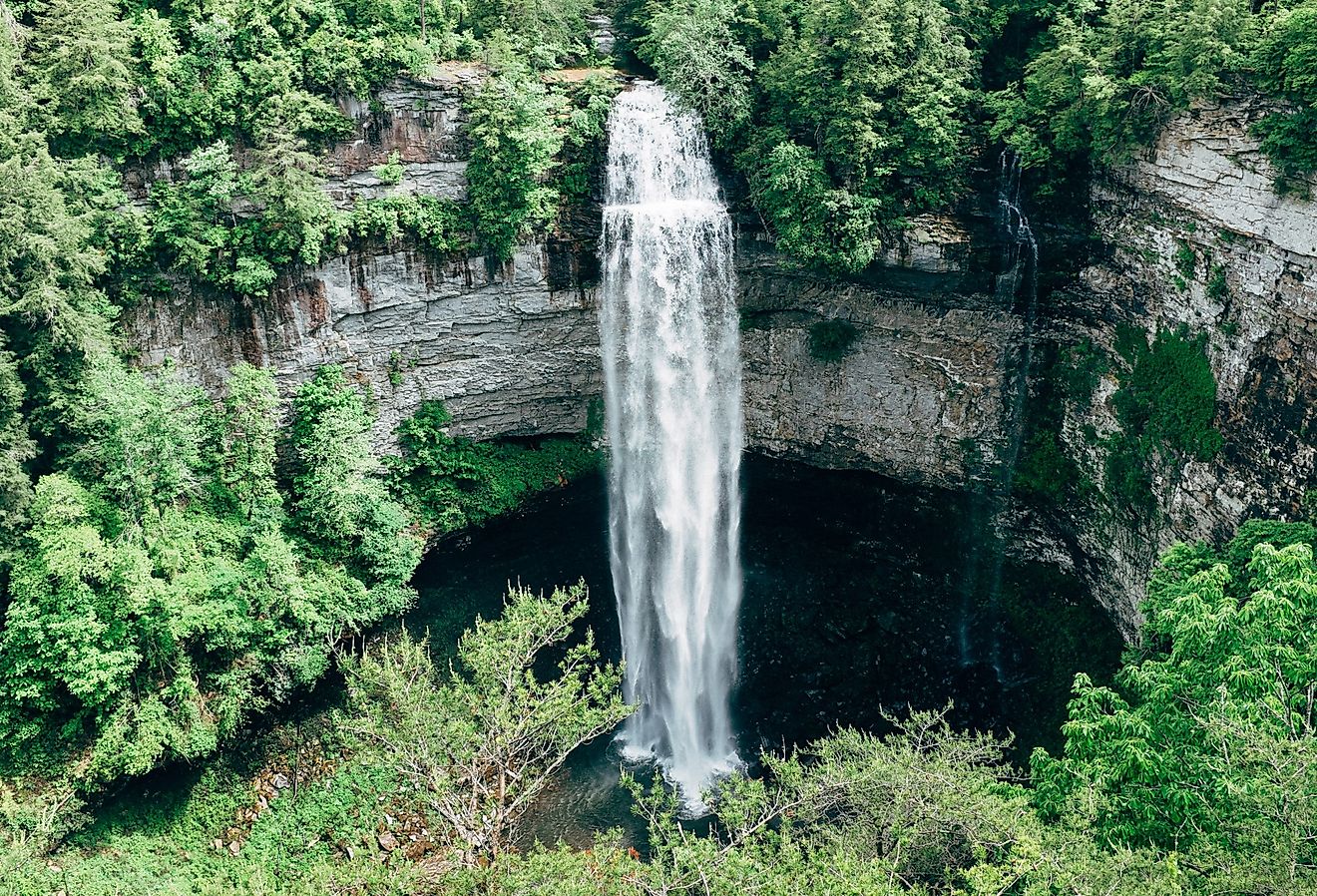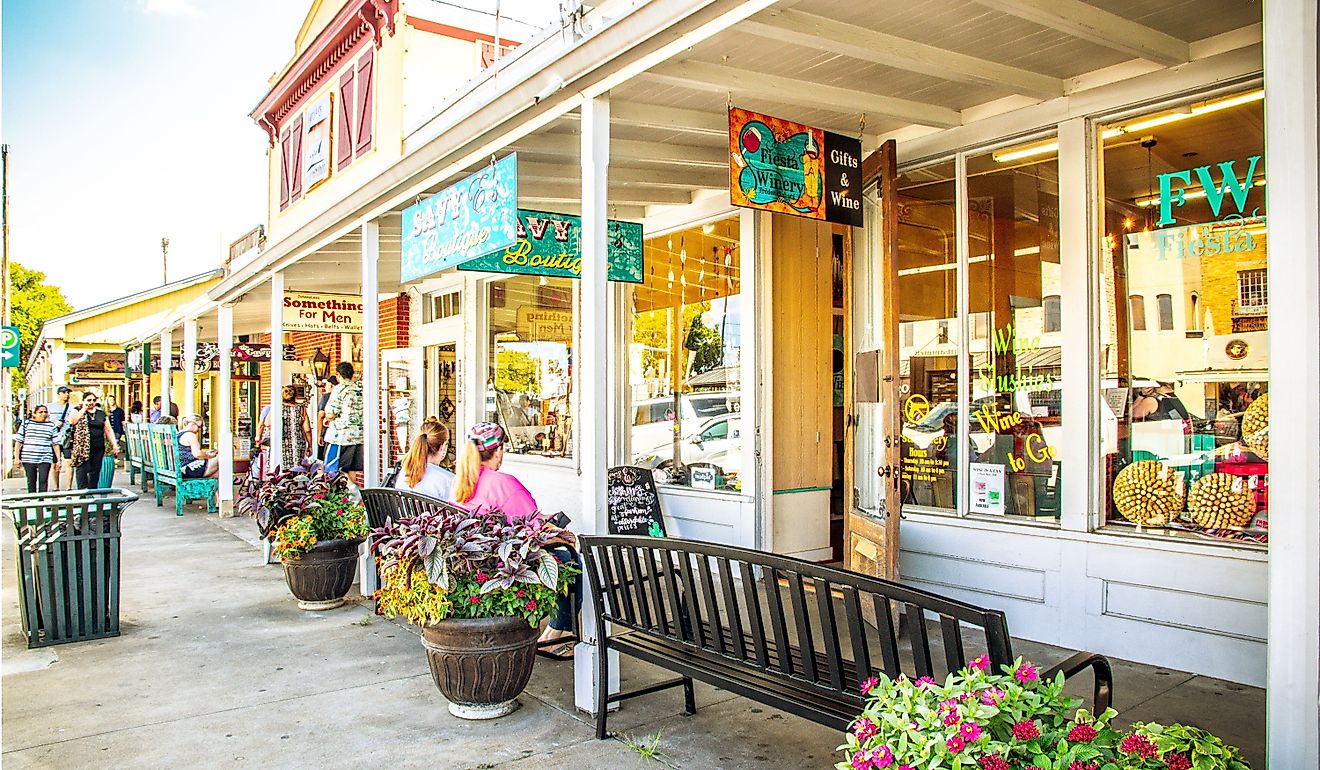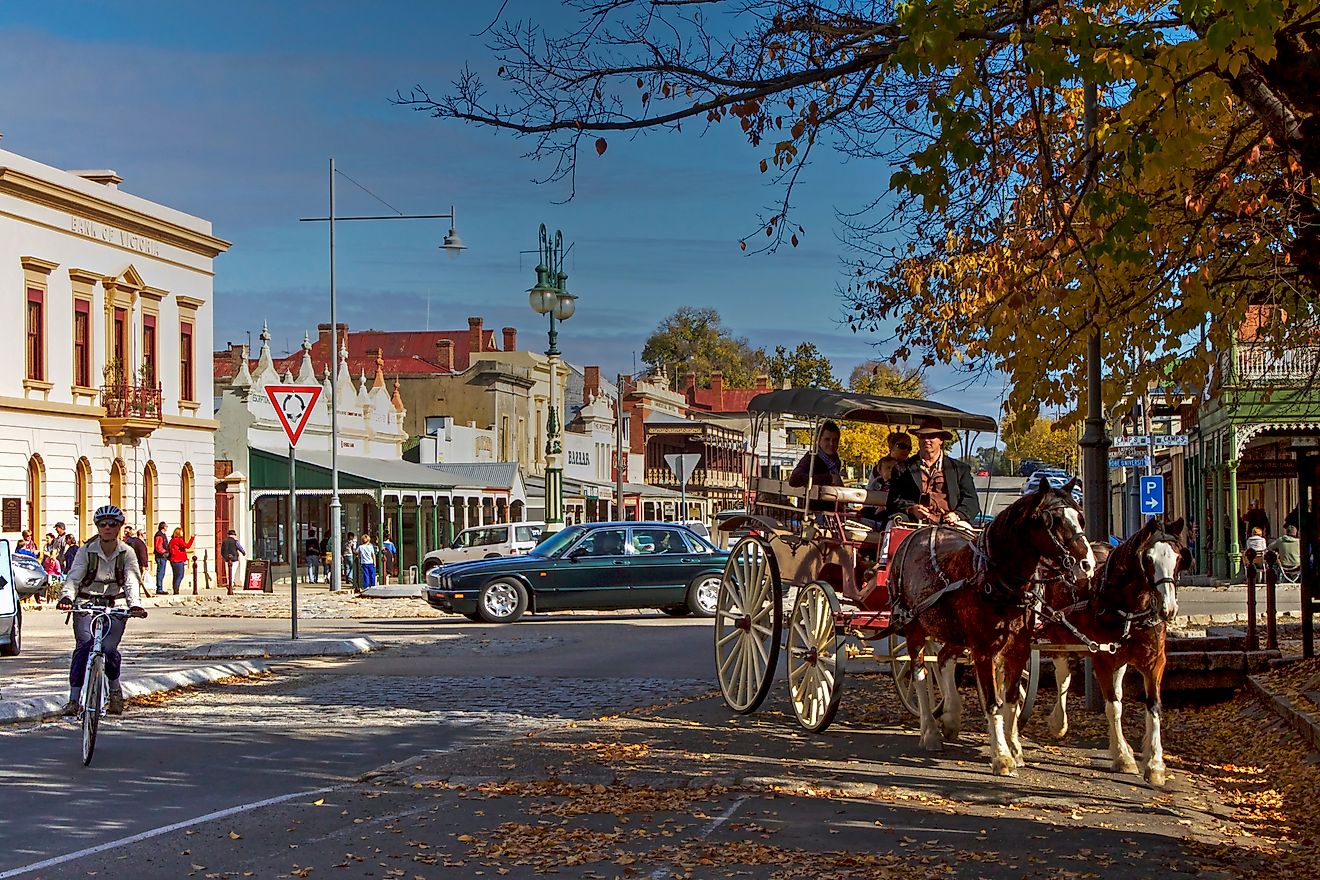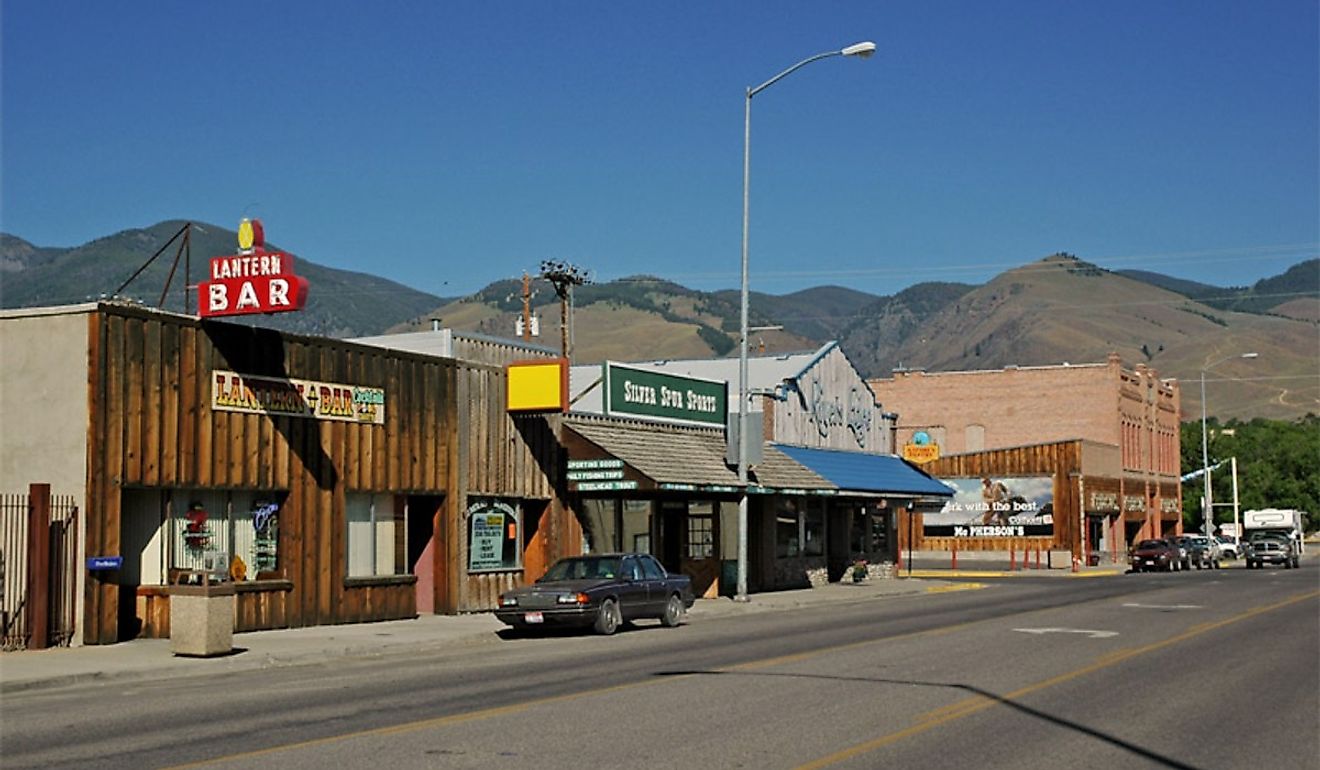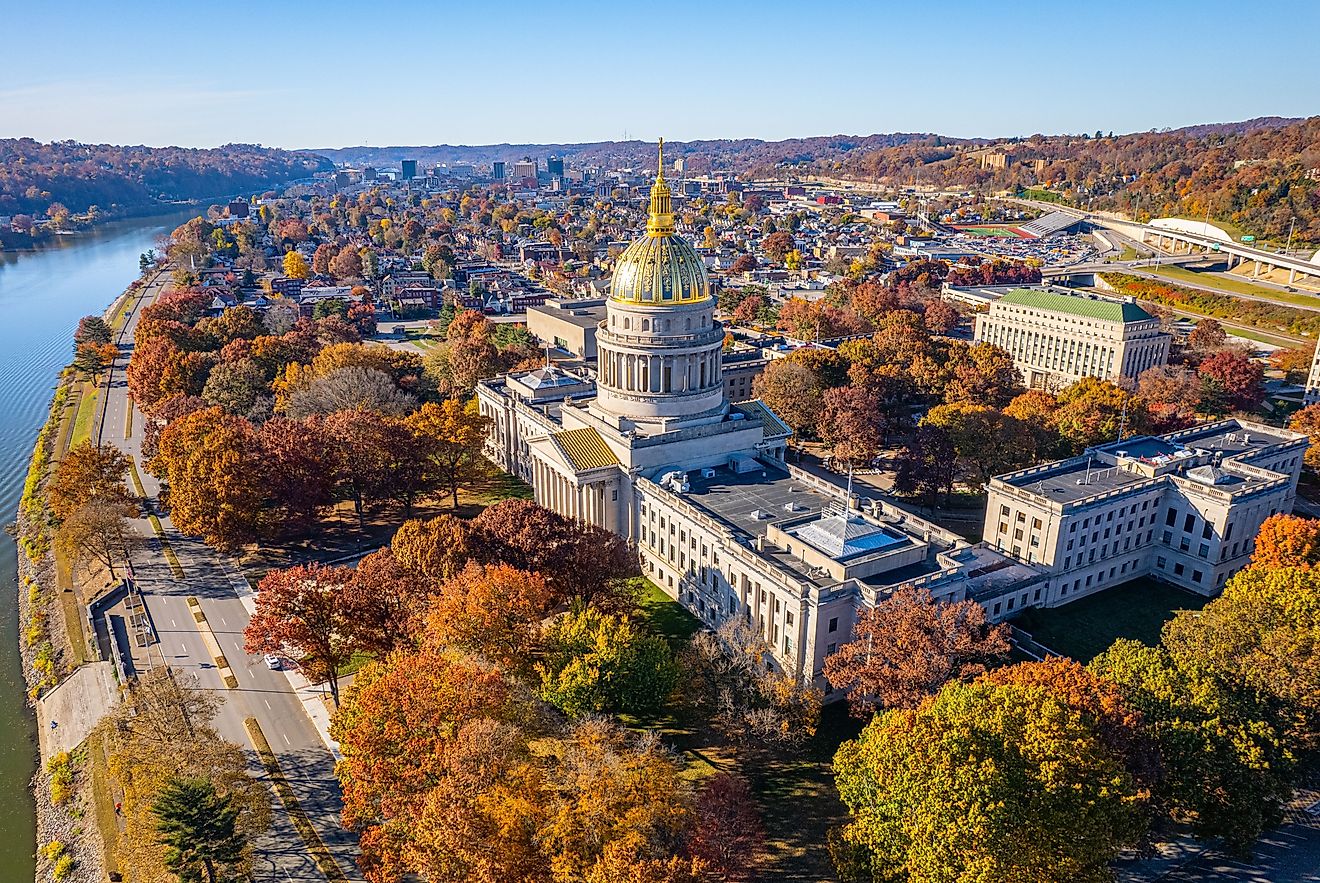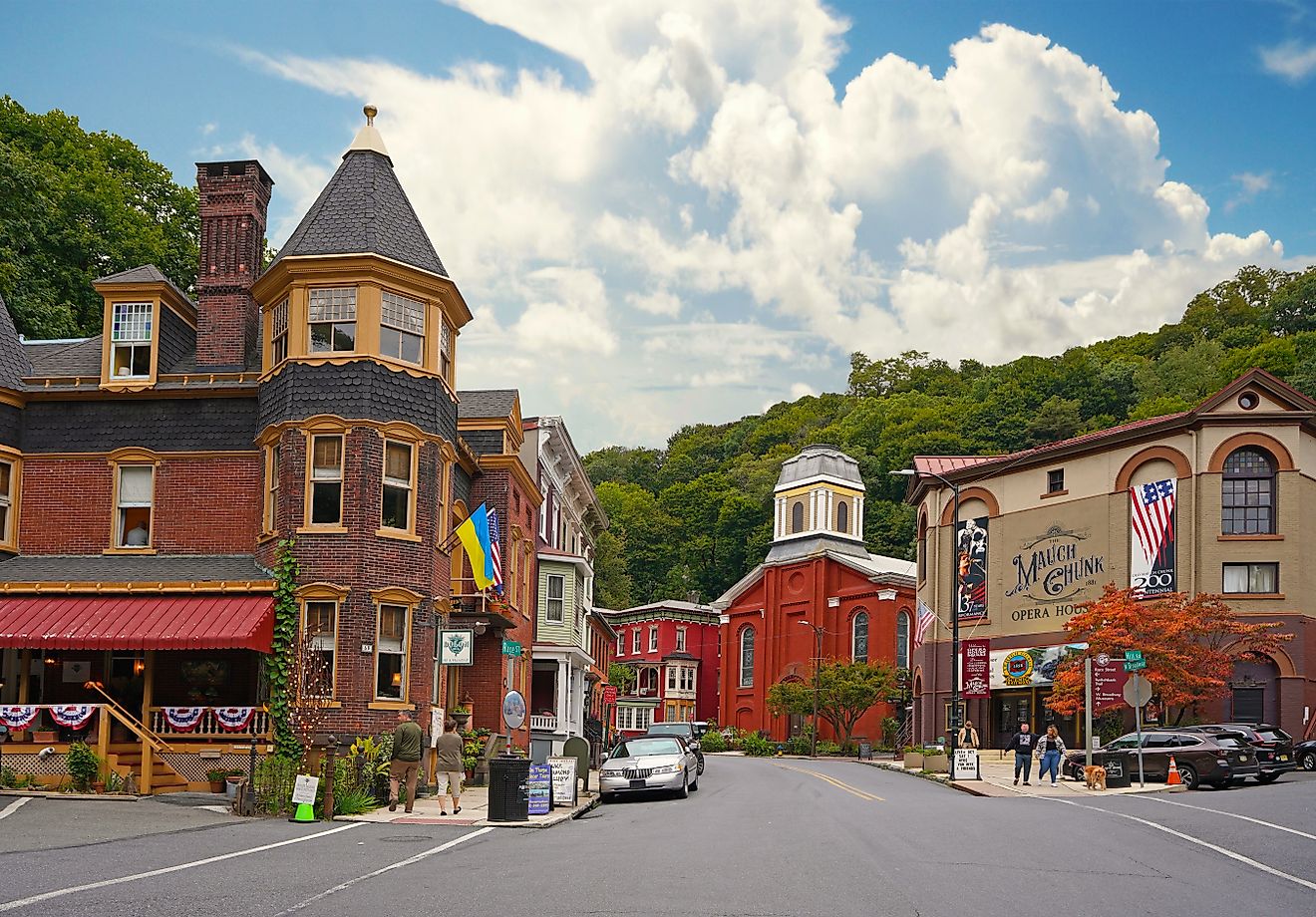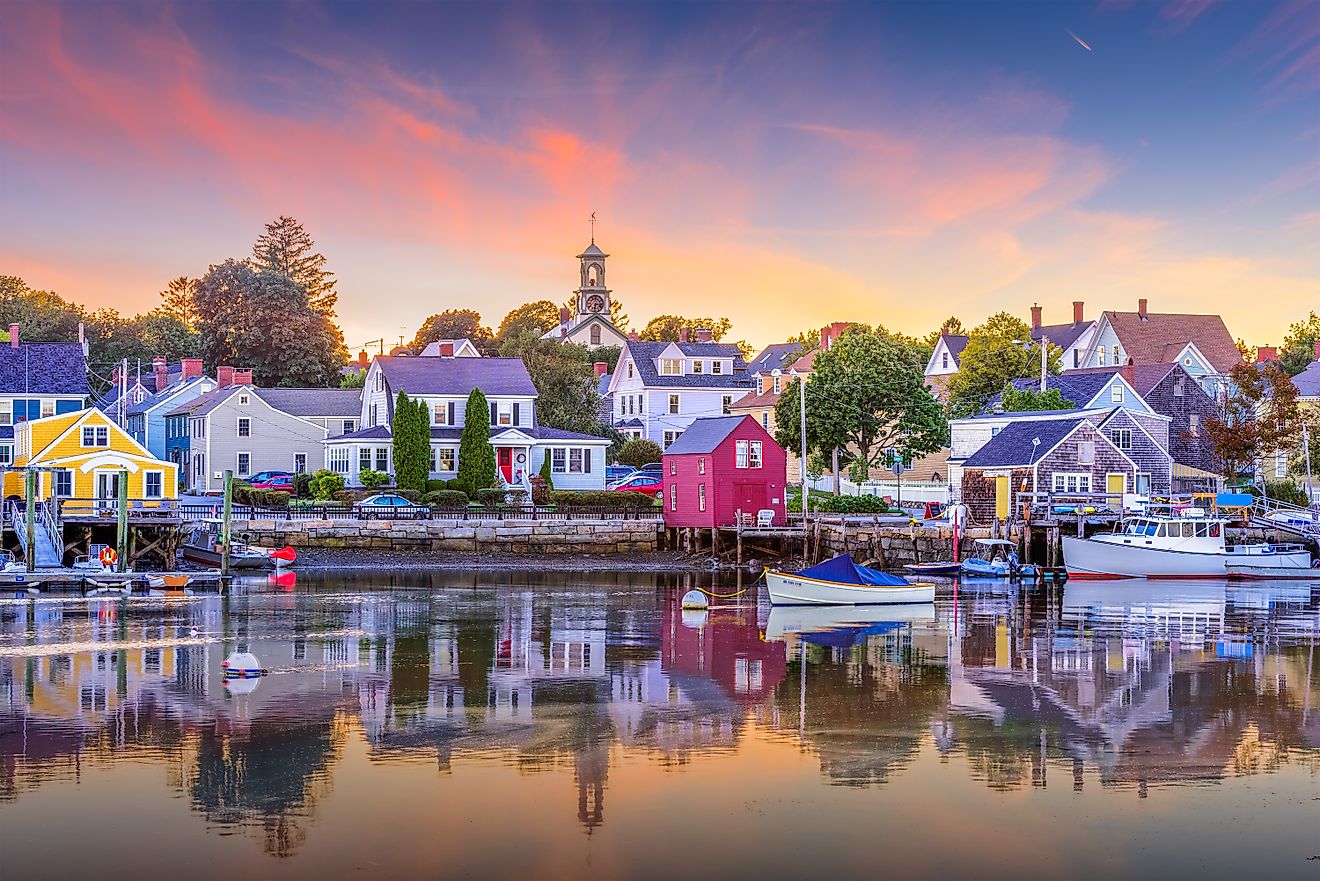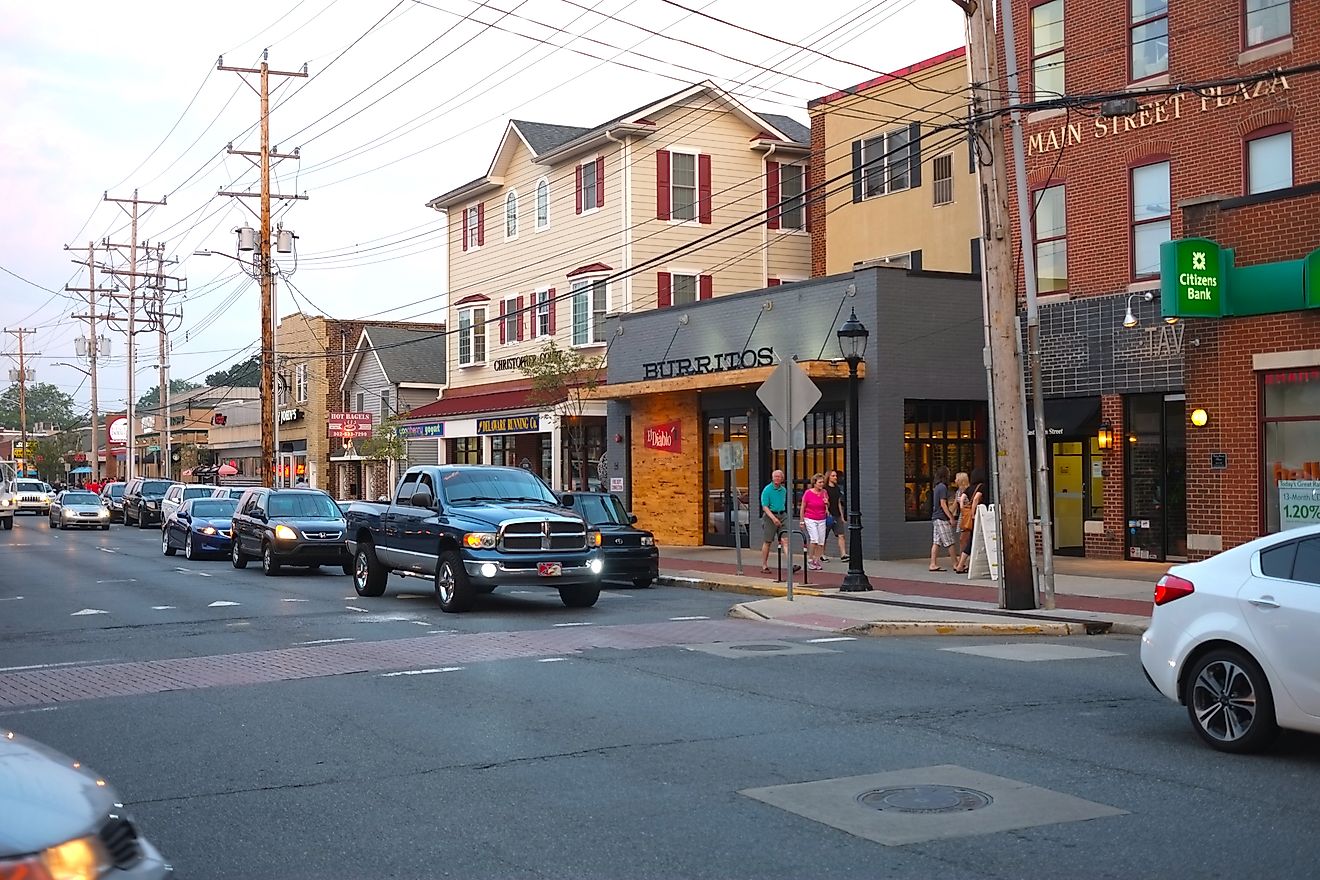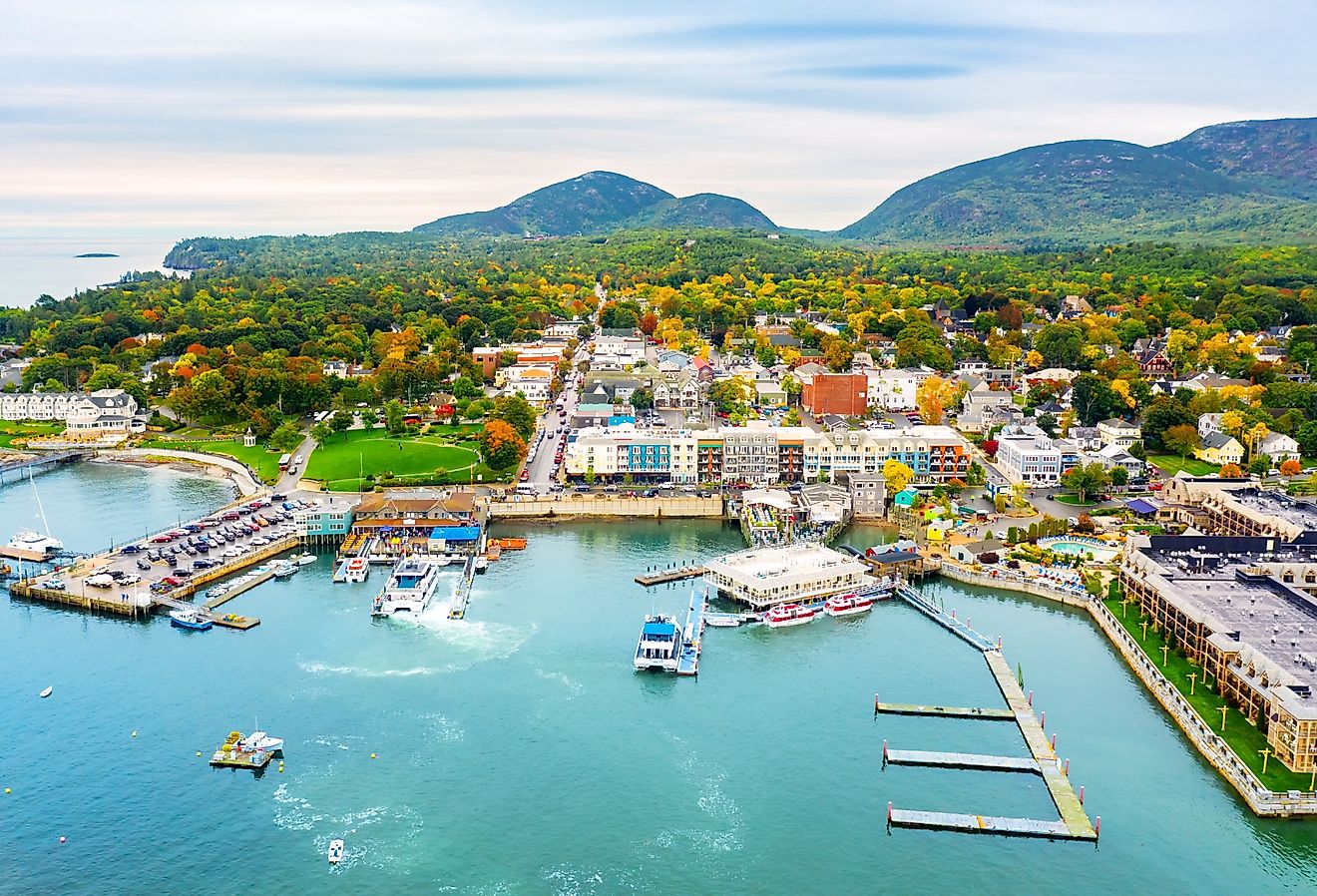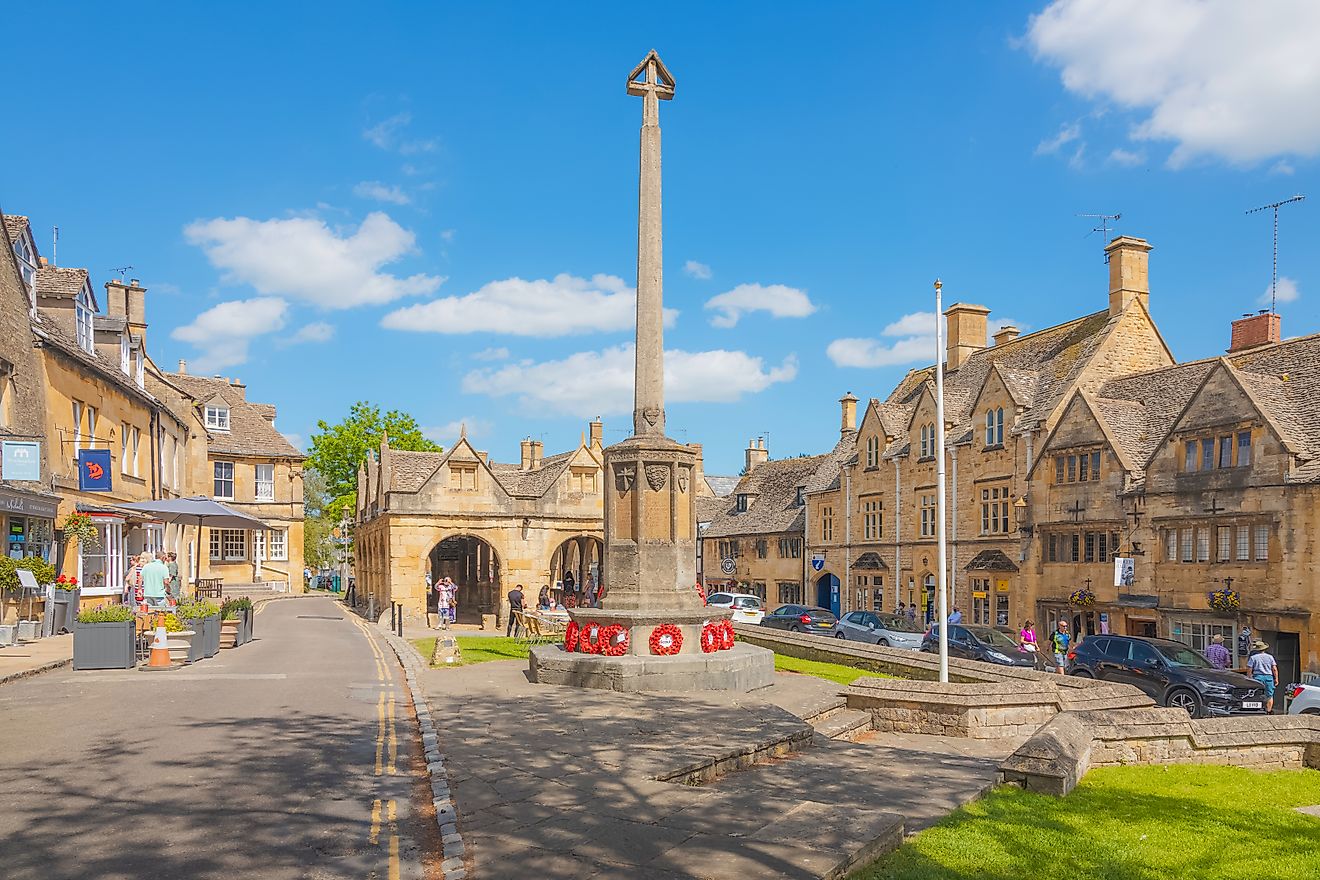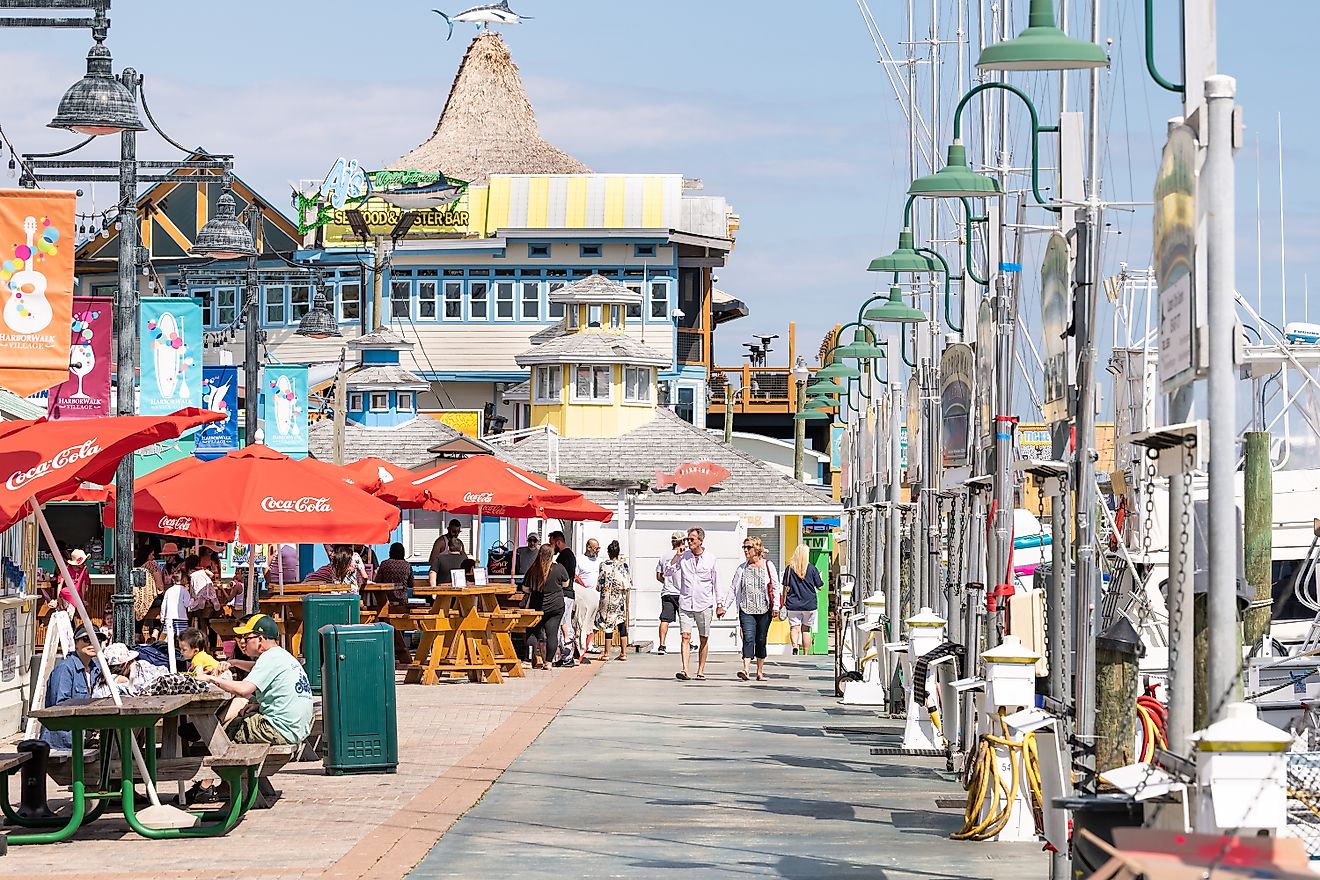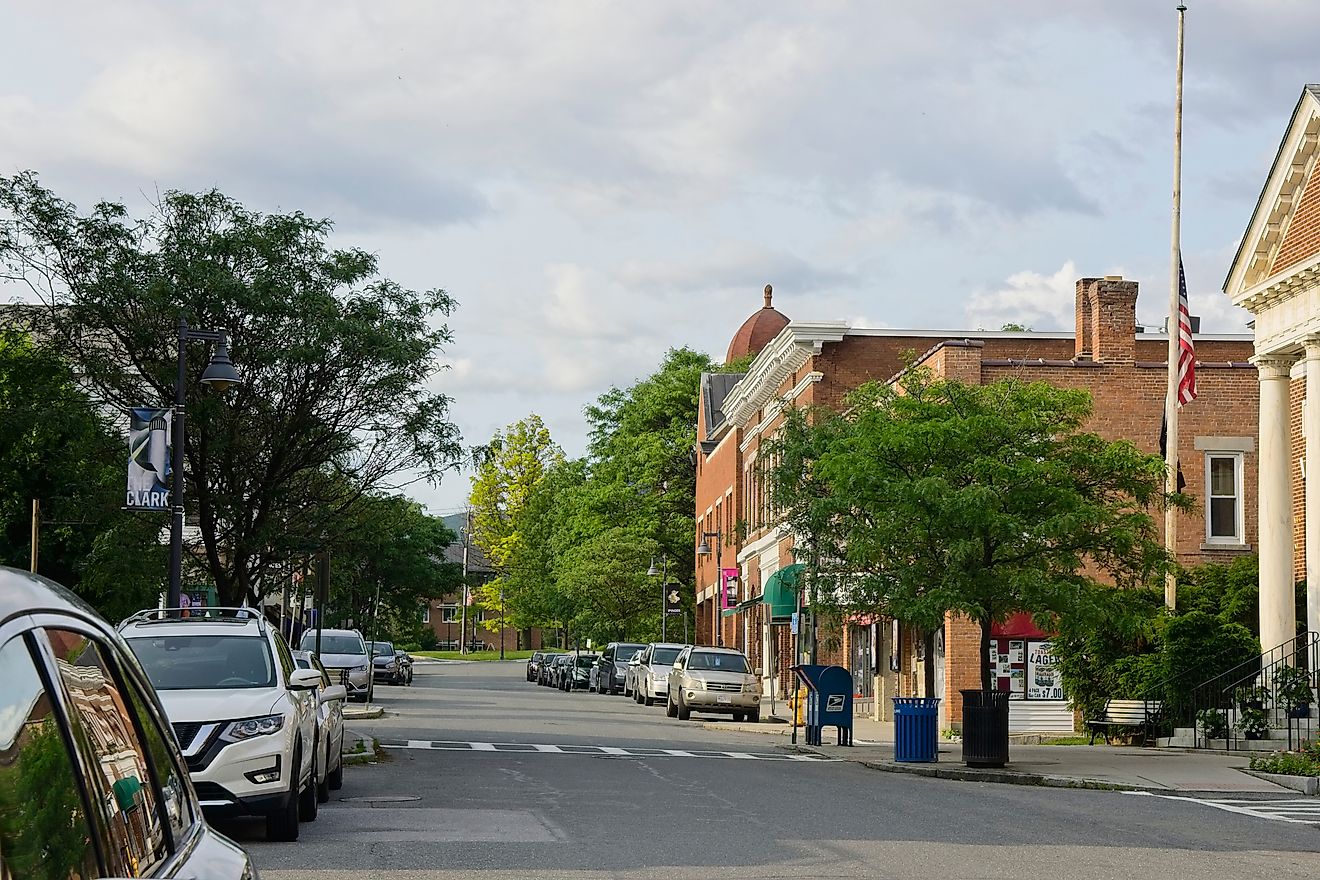
The 9 Most Forbidden Places In The World
The juiciest secrets are the ones that refuse to be spilled, and over the past few thousand years of history, humankind has accumulated some spicy deets. Currently, uncrackable military fortresses and historical materials are purposely shrouded by powerful interests that refuse to be judged and examined by civilian curiosity. Mysteries still concealed from the public are sprinkled around the earth, throughout caves, abandoned ruins, and modernized facilities. Not exactly tourist destinations, these forbidden places preserve and fiercely guard their riddles against the average Joe, leaving one to wonder just what exactly is hidden inside.
Snake Island/Ilha da Queimada Grande

Homo sapiens are apex predators, thanks to an unwavering ability to adapt to any environment and ecosystem: except for Snake Island off the coast of Brazil. The name is not an artistic illustration of the island's shape – estimates suggest over 300 thousand snakes inhabit the island. Four thousand of those snakes are the incredibly deadly golden lanceheads, a pit viper variant.

Officially, the island is closed from public access to protect people and the endangered snake species from harming one another. Given that lanceheads cannot swim in the ocean the way cottonmouths swim in lakes, it is natural to question why the population is there. In short, rising ocean levels stranded their ancestors here during the last ice age.
Poveglia

Plague victims, mad scientists, and vampires; Poveglia is an island south of Venice, Italy, with a dramatic history. The restriction is based on liability, as the government does not wish to be responsible for visitors who get injured while exploring the ruins of abandoned medical facilities. After cases of plague struck the island in 1793, Poveglia operated as a quarantine station until 1814. Stories surrounding the plague pits, where the remains of over 100 thousand diseased are buried, generated occult myths, which increased after the island transitioned into a mental asylum between 1922 and 1968. Allegedly, the director performed lobotomies until hauntings from his victims drove him to throw himself off a clock tower.
North Sentinel Island

Between 50 and 400 tribal people currently live on an island under Indian jurisdiction; however, all attempts by the modern world to communicate with them have failed. At 4.85 square miles, North Sentinel Island is located 20 miles away from the Andaman coast in the Bay of Bengal. Efforts to establish contact stretch back to 1867, although the indigenous Sentinelese settled here hundreds of years earlier. An exclusion zone is in effect to protect the tribe from disease, essentially outlawing visitors. The tribe is hostile to outsiders, and in 2018 a missionary died during his illegal attempt to proselytize. Their conditions are primitive, but they earned their independence from modernity and will fight to keep it.
Svalbard Global Seed Vault

Otherwise known as the "Doomsday Vault," this fortified bunker is a storage place for seeds and is intended to survive war, disease, and natural disasters. The Norwegian government constructed it on the secluded isle of Svalbard close to the Arctic Circle, and it opened in 2008. Although most imagine this secure location to be to reclaim the world after an apocalypse, it has been used by countries like Syria during times of localized turmoil. The exchange is clever; seeds are deposited and withdrawn in a system similar to safety deposit boxes so that a 'transfer of genetic resources' does not technically occur, which would trigger excessive red tape. However, if the worst comes to worst, it is comforting to know that the earth can still have a vibrant future.
Area 51

A fad, a joke, and an excuse to party brought Area 51 into recent cultural consciousness. The Nevada base is historically known for hosting an airfield used to test experimental aircraft, some of which may be the basis behind fantastical UFO rumors. Security is paramount in the area where special clearances are necessary to both enter or fly over. The United States only admitted the location existed in 2013, despite being public knowledge since the 1950s, after a Freedom of Information Act request. The secrecy prompted a gathering in July 2019, where 2000 people enjoyed conspiracy-themed festivals, and over 150 attempted to enter the base, leading to seven arrests.
Vatican Apostolic Archive
As the highest office in the Catholic Church, the Pontiff has been collecting documents for nearly two thousand years. Despite many being lost during times of upheaval, an amount equaling a "buried city" lies underneath the Vatican City compound. Utterly restricted from research between the 16th and 19th centuries, a handful of privileged scholars are now permitted to examine material within. The documents are sensitive; they contain the private thoughts and routines of important figures, as well as financial records. Extreme and unfounded theories about the records suggest they hold information about extraterrestrial life, exorcisms, and even a time machine! Is it possible that curiosity could kill the average cat(holic)?
North Brother Island, USA

Just east of Central Park, in the East River estuary of New York City, North Brother Island is an untouched artifact of American history. It seems like a bit of a waste, an overgrown island, neglected and abandoned, surrounded by the most valuable properties in the world. However, it now operates as a protected avian sanctuary. The ruins are comprised of a lighthouse, a quarantine ward (rendered obsolete by vaccines in 1945), and an addiction treatment center that closed after a controversy involving holding patients against their will. The cost of repairs to turn the area into a park is prohibitive, so it remains a closed-off relic of the past.
Burial place Of Genghis Khan

Hidden once by force and now by time and mystery, the location of the 13th-century warlord's resting place is hotly debated. This is surprising considering that Genghis Khan led the second-greatest empire of all time. The legend states that he desired to be buried secretly and had soldiers kill the servants who buried him, and more soldiers killed those original soldiers. There is no evidence for this myth, but the likely location of Burkhan Khaldun (where the Khan often prayed) remained guarded by a tribe called the Darkhad for some time after. During 20th-century Soviet control, the area remained sealed to repress Mongolian identity, ironically granting Genghis Khan's last wish.
The Gate To Hell

Where myth meets reality: the Ploutonion at Hierapolis is a cavern system below a Greek city constructed in 190 BC. Sacrifices were performed by lowering animals into the caves with ropes, and upon raising them out, their deaths would seem supernatural. Priests would demonstrate their divine power by entering the chamber and returning miraculously alive. In reality, toxic gases blanket the area due to emissions from geologic activity. Earthquakes finally destroyed the temple, ending pilgrimages to the site by the 6th Century AD. Today, visitors are prevented from entering the cave, which still poses a danger. Instead, bathing in the nearby ruins is a more lively way to spend an afternoon, as opposed to an impromptu meeting with the lord of the dead.
In the name of safety and secrecy, the public is barred from accessing what are arguably the most fascinating corners of the world. In places like the lethal hot springs of Yellowstone, 22 people have died since 1870, which has taught us to look but never touch. These 9 locations raise the bar and declare that even looking is forbidden. Moreover, if these sites are already public knowledge, then it is plausible to suppose that additional prohibited places are being fiercely concealed by reticent authorities. Do we even want to know what they are hiding?
